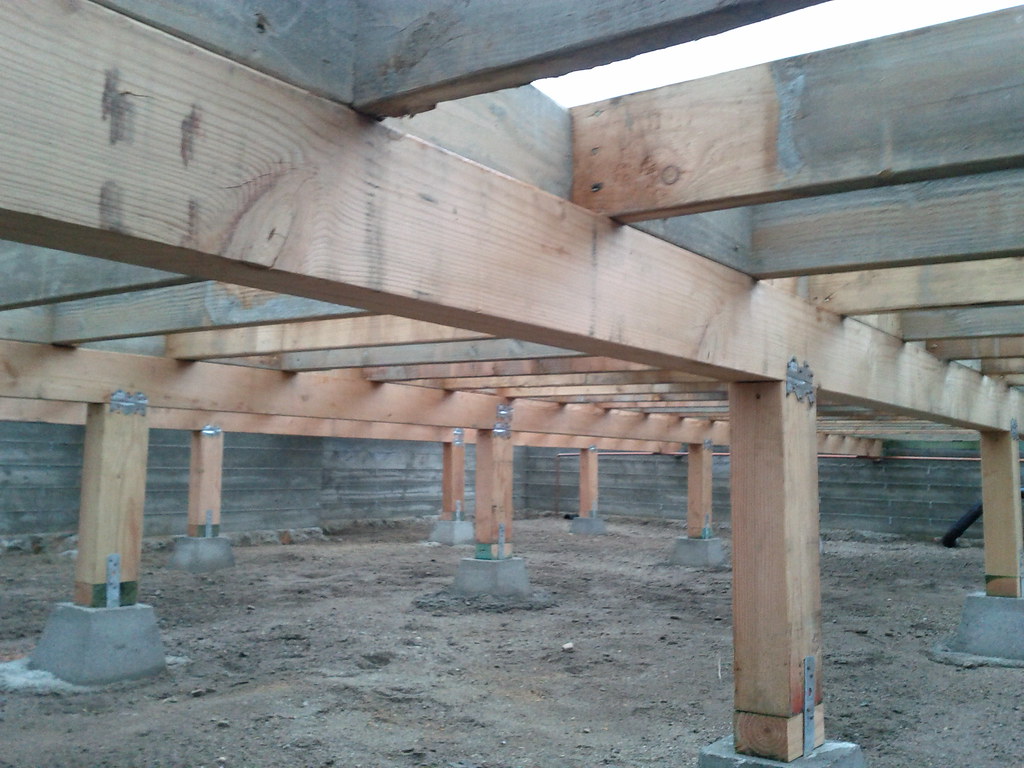Table of Content
It’s also a great idea to check up after a storm or frost. With all this information you’ll be ready to tackle any changes that you need to make. Plan out the process before you start to make sure that the modifications don’t cancel each other out. If you are unsure whether your house is compliant, consider asking professionals’ advice. If they find any issues, they can help you bring it up to code.
If it goes too long the doors and windows won’t open, and the stress on the joints of the home can create havoc. Also, cracks are very common in manufactured home with tape and texture walls. Typically exterior walls to interior wall corners, wall to ceiling and marriage line are very common.
Working with mobile home blocking requirements
In either direction along the supported members to allow for plumbing, electrical, mechanical, equipment, crawlspaces, or other devices. Whether you are a new homeowner or not, it can help to brush up on the HUD standard to make sure that your house is up to code. The effort will be worth the trouble that it can save you in the long run. You’ll need to show this as proof that everything is up to code if you plan to sell the house or if you want to apply for a loan. Make a list of all the requirements and check them step by step.

Stay on them and create a paper trail so that there is clear proof of your complaints. However, with installers, there really is no recourse other than small claims court and BBB . Sounds like you’re dealing with a standard re-leveling issue. Parks would not be liable for the issue as it’s def a home issue. Not every home is put on pads though that is an ideal situation. Since you know the ground is soft it is a good idea to go ahead and buy a water level and check the home every summer.
- 24" Metal Pier
A footer must be no longer than 2 feet away from the mobile home’s exterior walls in order to be installed. Footwells should not be more than 10 feet apart in areas where heavy furniture, such as couches, beds, and dining room tables, will be present. If you own your home and just rent the lot then you are likely responsible for the piers and tie downs as well as the plumbing to the mainline connection.
The piers need to be attached to concrete footings that are placed below the frost line in the ground. Ice and its thawing can cause the soil to shift, so you need to make sure that this won’t affect the foundation. Even though mobile homes typically come already constructed, they still need to have solid foundations. An unsuitable base can cause severe damage to your house and can lead to significant problems in the future. A slab foundation is an option, but it has some drawbacks as well.
Non-Permanent Foundations: Pads and Footings
Building a foundation for a mobile home is a process that begins with levelling the ground where the mobile home will be placed. Once the ground is levelled, gravel is spread over the area and tamped down. Next, forms are placed around the perimeter of the foundation and concrete is poured into the forms. Once the concrete has cured, the forms are removed and the mobile home can be placed on the foundation. Mate-line column support piers are installed with the long dimension of the concrete block perpendicular to the rim joists.

For a team inspection by two FL-licensed contractors and inspectors. Prefabricated piers must not exceed their approved or listed maximum horizontal or vertical design loads. In either direction along supported members to allow for plumbing electrical, mechanical equipment, crawlspaces, or other devices.
Why Base Building Is Essential For Runners
Every mobile home should have a data plate and label which lists all its specifications. They will also give information about the house’s compliance. Make a habit of annually inspecting your foundations to see that everything is fine.
The blocks that hold the house in place form these two parallel lines of concrete. The cost of installing them ranges between $4,000 and $5,000. The depth of concrete runners can vary depending on the purpose they are being used for. For example, if they are being used to support a deck, they will need to be deeper than if they are being used to support a shed.
Flooding is not an issue because the pier foundation is also lower than the floodplain level. A single-story building should have a pier separation of no more than 8 feet and a two-story structure should have a pier separation of no more than 6 feet. A monolithic wing wall should be supported after every eight feet after it reaches 3 feet in height. Piers should be at least 16 inches wide and 8 feet tall. A professional will be able to advise you on how to install the pier foundation on your new home.

A 5 m distance is ideal for ordinary structures, with a maximum span of 7.5 and a minimum span of 2.5 m. The spacing between the joists is typically 16″, but can be 14″, 18″, or 22″. The spacing and ability to span a larger – or smaller – distance are determined by the lumber used in the joists.


No comments:
Post a Comment